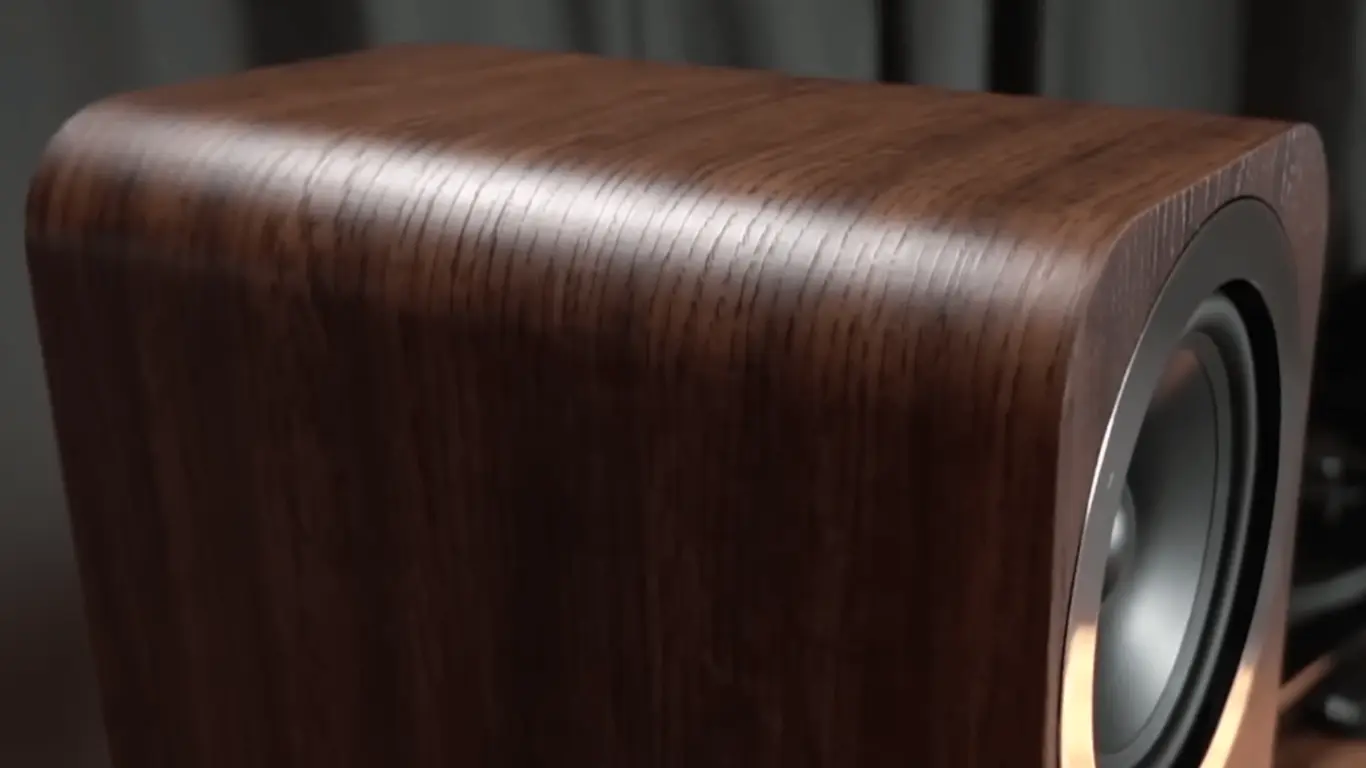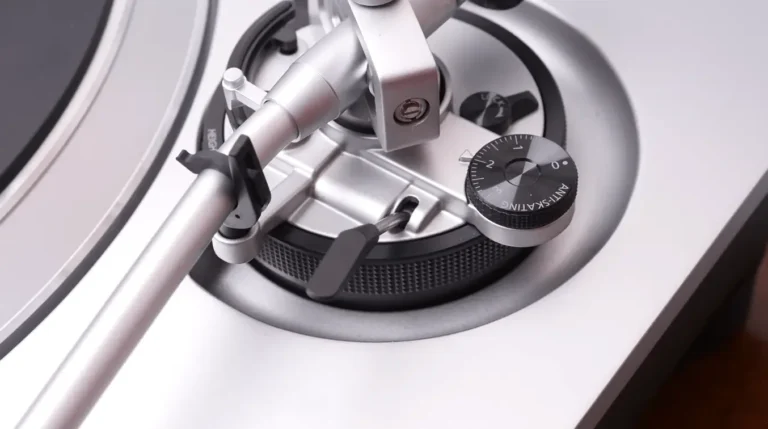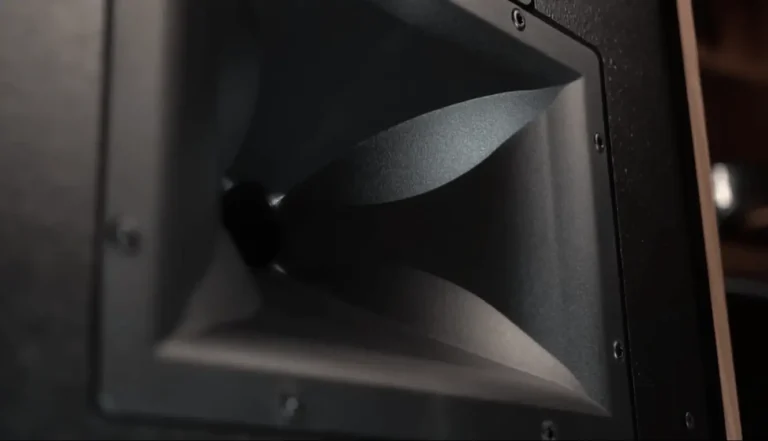Are the Q Acoustics 3050i Still the King? The Answer Isn’t What You Think.
Let’s be real for a second. In the fast-moving world of Hi-Fi, a speaker that has been around for a few years usually gets pushed to the back of the shelf. New models come out, prices go up, and we are told to upgrade.
But the Q Acoustics 3050i is a stubborn exception.
I walked into this review expecting to find a speaker that felt “good for its time” but outdated compared to 2025 standards. Instead, I found something that genuinely annoyed me—because it made me question why I’ve spent three times as much on my current setup.
Check Out: Why Audiophiles Are Still Talking About the Q Acoustics 3030i in 2025
If you are wondering whether these floorstanders can still compete with the shiny new toys on the market, the short answer is yes. The long answer is that they don’t just compete; in many ways, they are still embarrassing speakers that cost £1,000 or more. Here is why.

Design And Build Quality
Q Acoustics refreshed the Q Acoustics 3050i lineup with four finishes — grey, walnut, white, and black — and a subtle chrome ring around each driver. They look modern yet understated, perfect for almost any room.
Under the surface, several important technical improvements separate the 3050i from the older 3050:
P2P (Point-to-Point) Cabinet Bracing
Strategically reinforces weak cabinet areas to minimise vibrations and improve clarity.
Thicker Baffle
Gives the tweeter and woofers a more stable mounting surface.
Revised Terminal Panel
Instead of traditional cut-outs, Q Acoustics uses recessed terminals for a cleaner and more rigid structure.
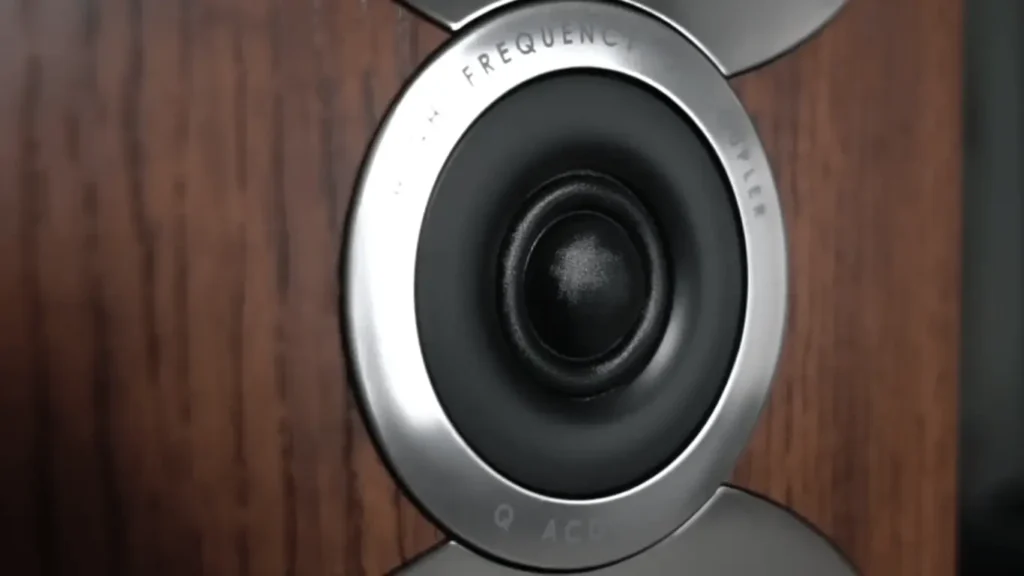
Decoupled 20mm Soft Dome Tweeter
The tweeter sits in its own suspension system, preventing bass vibrations from affecting high-frequency detail.
HPE (Helmholtz Pressure Equalizer) Technology
Unique to the Q Acoustics 3050i within this series, HPE uses an internal tube filled with damping material to reduce internal air pressure and cabinet resonance — a trickle-down from their higher-end Concept speakers.
The result? A cleaner midrange, tighter bass, and reduced “boxiness.”
Sound Quality
When you look at the specs—specifically that 91 dB sensitivity—you expect them to be loud. And they are. But volume isn’t the story here; it’s the character of the sound that catches you off guard.
The Highs (Treble)
Most budget floorstanders make a critical mistake: they push the treble too hard to fake “clarity,” which results in a harsh, piercing sound that hurts your ears after thirty minutes. The Q Acoustics 3050i does the opposite.
The decoupled ring dome tweeter creates a top end that is incredibly sweet and smooth. I threw some poorly recorded rock tracks at it—songs that usually sound like a mess of cymbals—and the 3050i tamed them. You get the detail and the “air” around the instruments, but without the fatigue. You can listen to these for four hours straight without needing a break.
The Mids (Vocals and Instruments)
This is where Q Acoustics usually shines, and the 3050i is no different. If you listen to acoustic music, jazz, or anything vocal-heavy, these speakers are frighteningly good.
The transition from the tweeter to the twin bass drivers is seamless. Male vocals have that chesty resonance that makes them feel present in the room, while female vocals float effortlessly. It doesn’t sound “boxed in.” There is a sense of openness here that you usually have to pay a lot more to get.
The Lows (Bass)
Here is the truth about the bass. With a frequency response down to 44 Hz, these speakers are punchy and rhythmic. They are fast. If you are listening to Daft Punk or Fleetwood Mac, the kick drums hit with a satisfying thud that you can feel in your chest.
You May Like: Q Acoustics Concept 20 Bookshelf Speakers Review
However, they are not “earthquake” generators. If you are a bass-head looking for that sub-bass rumble that shakes the windows during a movie explosion, you might eventually want to add a subwoofer. But for 95% of music? The bass is tight, controlled, and surprisingly deep for the cabinet size.
Soundstage and Imaging
Because the cabinet is so deep (look at the dimensions, they stretch back quite a bit), the sound doesn’t feel like it’s glued to the front of the speakers. It projects well into the room. If you close your eyes, it’s hard to pinpoint exactly where the speakers are standing, which is the hallmark of a truly great Hi-Fi system.
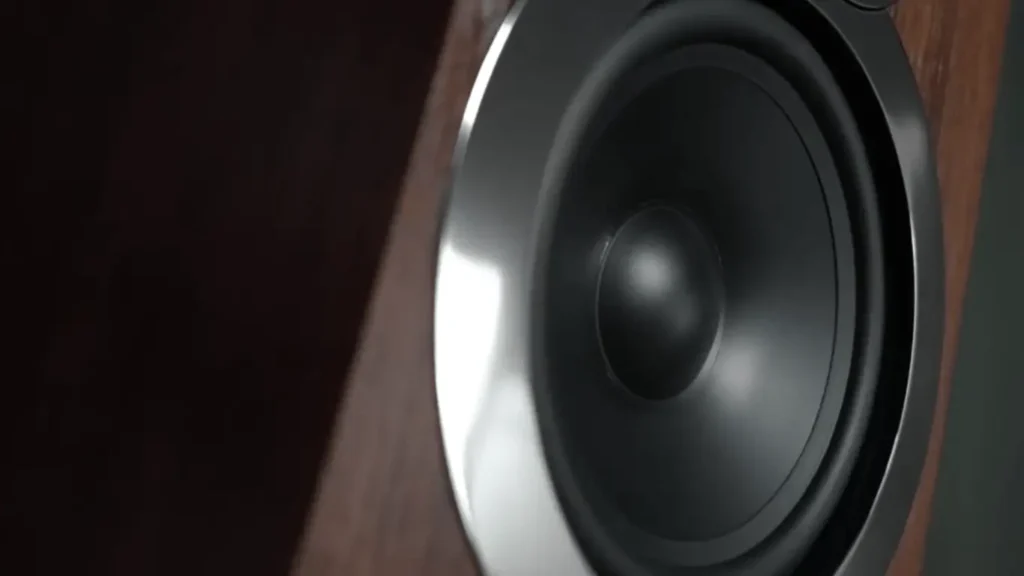
Texture, Dynamics & Atmosphere
With Gas – Rausch, a track that often sounds dull on flat or lifeless speakers, the 3050i brings subtle textures to the surface. They distinguish micro-dynamics clearly, giving ambient elements shape and movement.
The bass is taut and punchy, while the speakers dig surprisingly deep for their size, maintaining authority without boominess.
Emotional Weight & Low-End Reach
Nick Cave & Warren Ellis’s Texas Midlands showcases the 3050i’s ability to deliver threatening, cinematic low frequencies while still maintaining control.
LCD Soundsystem’s How Do You Sleep? confirms how agile the bass truly is — fast, clean, and expressive.
High-Frequency Clarity Without Harshness
Despite their strong low-end character, the treble remains smooth and never sharp.
On Suede’s Filmstar, Brett Anderson’s vocals float confidently over a dense, aggressive mix. The guitar edges have an exciting crispness that reflects the recording’s raw production style.
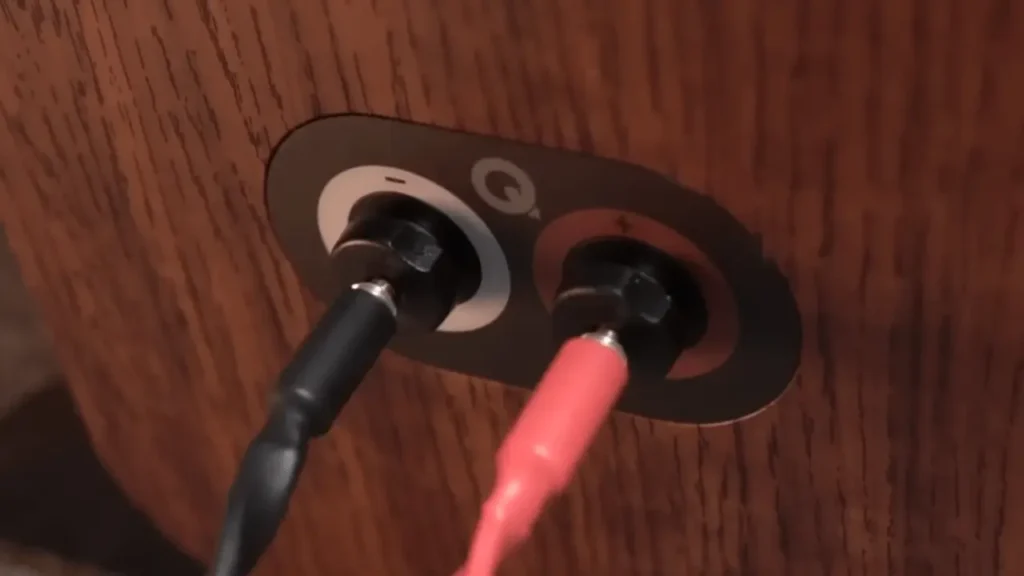
Verdict
The Q Acoustics 3050i are the kind of speakers that let you know what finish you want before you finish the first track. Q Acoustics has successfully filled an important price gap between the Fyne Audio F302 (£400) and Monitor Audio Silver 200 (£1,000), offering tremendous value and performance.
With improved engineering, superb musicality, and flexible room positioning, the 3050i remains a benchmark for midrange floorstanders.
Pros And Cons
Pros
✔ Musical, engaging tuning
✔ Large-scale sound
✔ Easy to place in the room
Cons
Nothing meaningful at this price
Q Acoustics 3050i Specifications
| Feature | Specification |
| Official Site | qacoustics.co.uk |
| Enclosure Type | 2-Way Reflex (Rear Ported) |
| Bass Unit (Drivers) | 2 x 165 mm (6.5 in) Coated Paper Cones |
| Treble Unit (Tweeter) | 22 mm (0.9 in) Decoupled Ring Dome |
| Frequency Response | 44 Hz – 30 kHz (+3 dB, -6 dB) |
| Nominal Impedance | 6 Ohms |
| Minimum Impedance | 4 Ohms |
| Sensitivity | 91 dB (2.83 V @ 1 m) |
| Recommended Amplifier Power | 25 – 180 W |
| Crossover Frequency | 2.5 kHz |
| Effective Volume | 32.4 Liters |
| Dimensions (H x W x D) | 1020 x 310 x 310 mm (40.1 x 12.2 x 12.2 in) [Note: Width includes stabilizer feet] |
| Cabinet Width | 200 mm (7.9 in) |
| Weight (Per Speaker) | 17.8 kg (39.2 lbs) |
| Box Contents | 2x Speakers, 2x Foam Bungs, 2x Stabilizers, 8x Spikes, 1x Manual |

